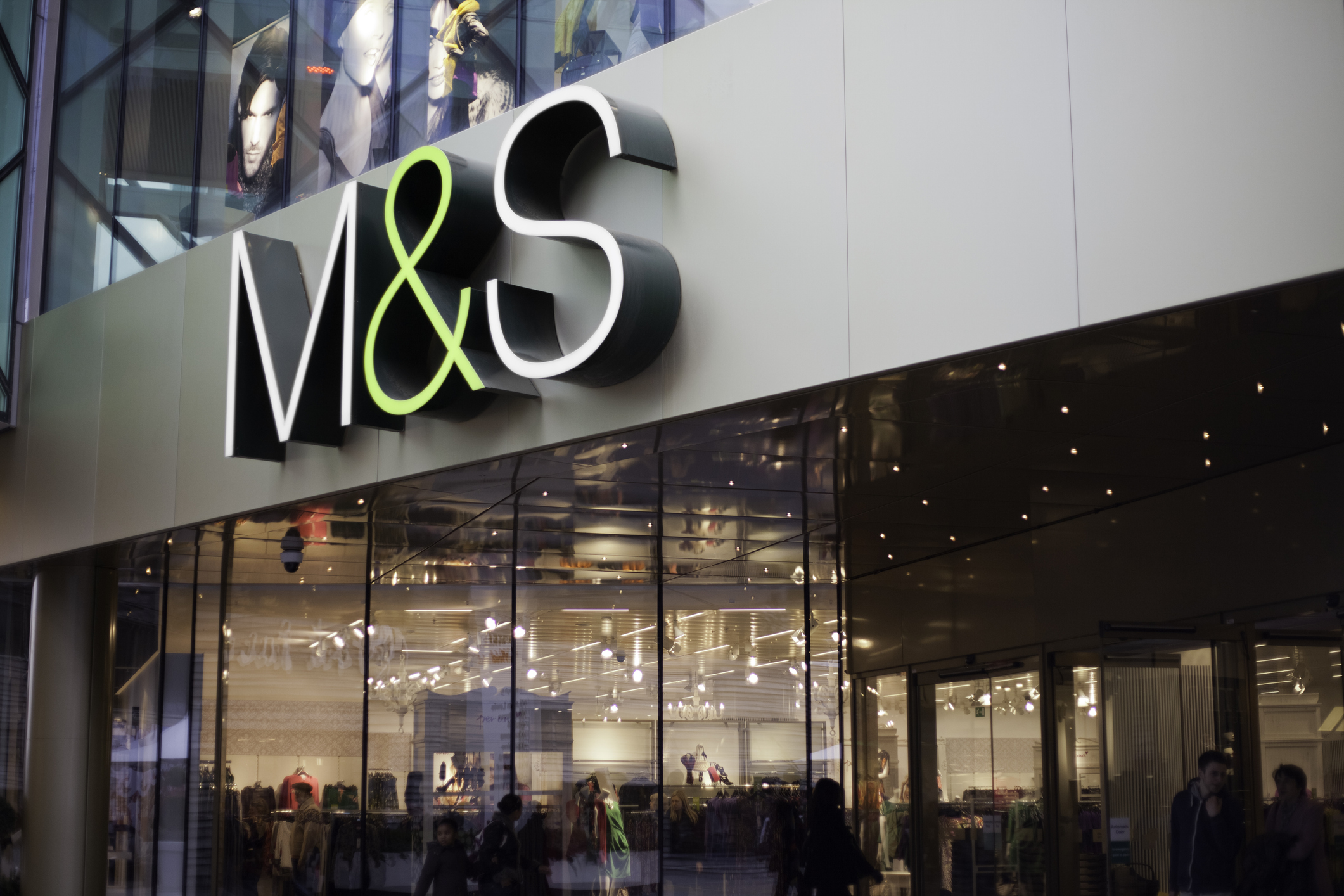M&S recovery has momentum: will it stick?
After years of decline, M&S seems to have turned a corner. But is this just a “dead cat bounce”?


For years, the retailer Marks & Spencer (M&S) was a byword for poor performance. Unfashionable clothes and lack of investment in stores, along with the general decline of the high street in the face of online shopping, are just some of the reasons put forward to explain the fact that its share price peaked back in 2007. A succession of leaders have tried to reboot the company, but until recently their efforts failed to stop its decline, as shown by the fact that its share price fell by roughly 80% between May 2015 and October 2022.
However, over the past two years, the shares have staged a comeback, more than tripling from a low of below 94p to 339p now. So has the business finally turned the corner, or is this just a “dead cat bounce”?
What's behind the M&S turnaround?
Some of the recent improvement is down to factors beyond M&S’s control. Like other retailers, it initially benefited from the end of the pandemic and the return of consumers to the high street. Problems with rival Waitrose have also led some shoppers to switch to M&S for food. Meanwhile, the recent cost-of-living crisis has seen many clothes buyers focus on affordable quality at the expense of high fashion.
MoneyWeek
Subscribe to MoneyWeek today and get your first six magazine issues absolutely FREE

Sign up to Money Morning
Don't miss the latest investment and personal finances news, market analysis, plus money-saving tips with our free twice-daily newsletter
Don't miss the latest investment and personal finances news, market analysis, plus money-saving tips with our free twice-daily newsletter
However, it’s hard to dispute that M&S deserves credit for embracing online sales, which now account for nearly a third of revenue. The company has also cut costs by boosting efficiencies, especially in logistics. It has closed down tired and poorly performing stores in favour of newer, more modern stores in better locations. Just two years into a long-term reorganisation, the potential gains are far from exhausted. At the same time, the closure of several well-known rival brands on the high street, as well as the continued expansion of its online businesses, should also help.
Overall, M&S has seen sales grow by just under 50% over the past three years, with its profits expanding fivefold during the same period. Sales are expected to keep growing over the next few years. Another sign that it has turned the corner is the decision at the end of last year to resume paying the dividend that it stopped during the pandemic. Operating margins have also gone up and it is achieving a double-digit return on capital employed. Despite this, the shares trade at only 12 times forecast 2026 earnings – the same valuation as Tesco and Sainsbury’s, both of which have been less successful recently.
As well as the strong prospects and cheap valuation, M&S’s share price continues to exhibit positive momentum. It is currently trading above its 50-day and 200-day moving averages, and has been the third best-performing share in the FTSE 100 (including dividends) over the past six months, only slightly behind Darktrace and Hargreaves Lansdown, which have been taken over. I would therefore suggest going long at the current price of 339p at £14 per 1p, with a stop loss of 269p. This would give you a total potential downside of £980.
This article was first published in MoneyWeek's magazine. Enjoy exclusive early access to news, opinion and analysis from our team of financial experts with a MoneyWeek subscription.
Get the latest financial news, insights and expert analysis from our award-winning MoneyWeek team, to help you understand what really matters when it comes to your finances.

-
 300,000 remote workers to miss out on working from home tax relief
300,000 remote workers to miss out on working from home tax reliefThousands of workers forced to work from home will no longer benefit from the working from home tax relief next year. How will it affect you?
-
 How to tap into AI energy stocks
How to tap into AI energy stocksOne certainty about generative AI is that it is hugely energy-intensive. Companies providing that power look set to capture the benefits.
-
 The global defence boom has moved beyond Europe – here’s how to profit
The global defence boom has moved beyond Europe – here’s how to profitOpinion Tom Bailey, head of research for the Future of Defence Indo-Pac ex-China UCITS ETF, picks three defence stocks where he'd put his money
-
 Profit from a return to the office with Workspace
Profit from a return to the office with WorkspaceWorkspace is an unloved play on the real estate investment trust sector as demand for flexible office space rises
-
 An “existential crisis” for investment trusts? We’ve heard it all before in the 70s
An “existential crisis” for investment trusts? We’ve heard it all before in the 70sOpinion Those fearing for the future of investment trusts should remember what happened 50 years ago, says Max King
-
 No peace dividend in Trump's Ukraine plan
No peace dividend in Trump's Ukraine planOpinion An end to fighting in Ukraine will hurt defence shares in the short term, but the boom is likely to continue given US isolationism, says Matthew Lynn
-
 Will the internet break – and can we protect it?
Will the internet break – and can we protect it?The internet is a delicate global physical and digital network that can easily be paralysed. Why is that, and what can be done to bolster its defences?
-
 Why UK stocks are set to boom
Why UK stocks are set to boomOpinion Despite Labour, there is scope for UK stocks to make more gains in the years ahead, says Max King
-
 Chen Zhi: the kingpin of a global conspiracy
Chen Zhi: the kingpin of a global conspiracyChen Zhi appeared to be a business prodigy investing in everything from real estate to airlines. Prosecutors allege he is the head of something more sinister
-
 Canada will be a winner in this new era of deglobalisation and populism
Canada will be a winner in this new era of deglobalisation and populismGreg Eckel, portfolio manager at Canadian General Investments, selects three Canadian stocks